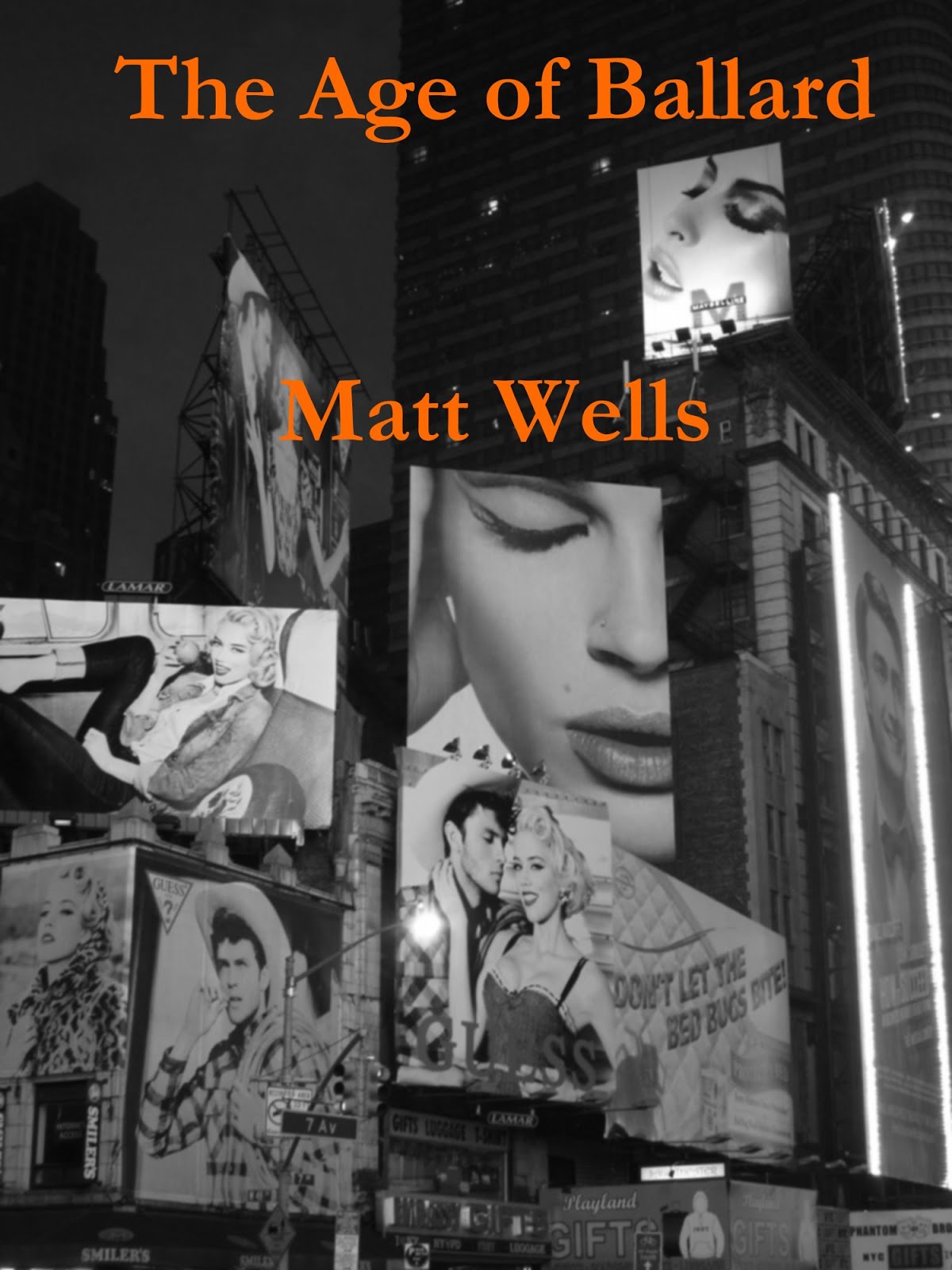First, the label: comic book movie. That only fits one of these guys (Green Lantern) since the other (X-Men: First Class), while titled after a comic book, is actually a prequel of sorts to the previous 3 X-Men movies. So let’s call them superhero movies instead, if only to invite comparison with this spring’s Thor and next week’s Captain America.
Second, a little background: Green Lantern is from DC, home of Superman, Batman, and the Justice League of America. X-Men: First Class is from Marvel, home of Iron-Man, Thor, Captain America and The Avengers. And even though they’ve both been filtered through the Hollywood strainer, each movie reflects the culture of its parent company. To be blunt, X-Men: First Class, like a lot of Marvel comics, feels like it was created by a storyteller, while Green Lantern, like a lot of DC comics, feels like it was created by editorial insemination. This is not the only reason why XM:FC is more fun than GL, but it’s the main one. X-Men: First Class feels like something that holds together; Green Lantern feels like something that’s stitched together.
The premise of the X-Men movie: a bunch of outcasts with incredible powers band together to save humanity from another outcast. But there’s more than just plot going on here. One one level, we’re being invited to flash-backward from Ian McKellen and Patrick Stewart to Michael Fassbender and James McAvoy. On another level, we’re invited to treat the mutants-in-the-60’s premise as an allegory for blacks in the 60’s. Which means that, on a third level, one that occurred to me while I was watching the film, we’re being shown the story of how Martin Luther King and Malcolm X took two different approaches to the same problem. I don’t think the racial analogy is stretching it, either. One of the weightier character subplots is centered around Jennifer Lawrence's Mystique, the shape-changer who constantly appears in human form instead of displaying her natural blue scaly skin. Fassbender’s Magneto makes a powerful point about how she’s, in effect, “passing” whenever she does this, like a high blue instead of a high yella. Can you get more obvious, without being “obvious?” I don’t think so.
The central character subplot is that between McAvoy’s Charles Xavier and Fassbender’s Erik Lehnsherr, and it’s worth noting, for comparison purposes with Green Lantern, that their backstory, with Erik as a concentration camp survivor and Erik and Charles meeting as friends, did not become part of the X-Men canon until about 20 years after the series began. But it’s logical, and it embodies both the political and the personal, with Magneto the chief beneficiary. A bad guy who does evil because he likes it and a bad guy who does evil because he believes in the words “Never again!” are two completely different characters. In fact, it’s safe to say that one of them isn’t really a character at all, while the other one, the one who does evil for a good motive and then has to live with it, is THE political character of the 20th century. (Yeah, I exaggerate, but hmm--who or what would embody the political history of the 20th century? Somebody who does evil and then justifies it? Somebody who goes along with the crowd? People lined up against a wall waiting to be shot? Let me mull it over and get back to you.)
Other thoughts: Michael Fassbender makes Magneto live. He’s at the top of the acting pyramid in this one, with Kevin Bacon and McAvoy a close second, and January Jones, who is clad as scantily as she is talented, at the bottom. The 60’s setting is cleverly done (although the sideburns are 1972, not 1962), and noticeably James Bondy (an unavoidable echo when the Bad Guy has his own private nuclear submarine), as well as blatantly sexist. It’s too bad Jones can’t act, because she gets some choice moments to show what could have been priceless reactions to the male behavior around her, and she stone-faces every single one of them. (Fashion note: in 1962, women wore fake eyelashes, bright lipstick, and bras that looked like upside-down ice-cream cones. Get it right for the sequel, okay?) And there are a couple of totally unexpected cameos that, if you're familiar with the previous X-Men movies, will definitely make you squee.
Which is something you will not do during Green Lantern.
(To be continued)
(To be continued)






2 comments:
Every word is absolutely true. Well, that's not fair, I have not (and you know I won't) seen "Green Lantern." But the descriptions of the X-Men prequel are right on. LOVED IT.
To clarify. I loved both your review/analysis and the film.
Post a Comment